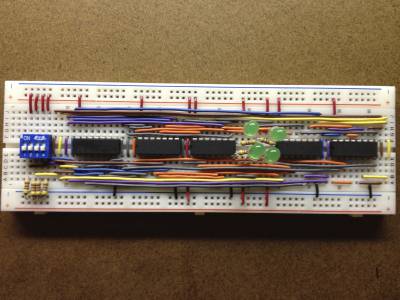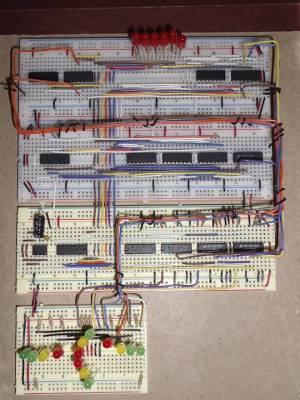Digital Logic and Design
Course Description
Theoretical and practical issues concerning design with combinational and sequential logic circuits, and programmable logic devices. Number systems, Boolean algebra, representation and simplification of Boolean functions, universal logic families. Finite-state machines, state tables and state diagrams, flip-flops, counters, registers. Adders, decoders, comparators, multiplexers, memories and applications. Programmable devices: PLA, PLD, etc. Principles of analog circuits are presented in the context of real world problems, such as 'glitches,' power and ground bounce, contact bounce, tri-state logic and bus interfacing, timing circuits, asynchronous versus synchronous circuit components. Characterization of electronic and logical properties of digital circuits. Course work involves individual and team projects in which: digital circuits are designed and prototypes are constructed and tested on breadboards; designs involving programmable logic devices are developed using CAD tools. The projects, approximately 50 percent of the course grade, are used to assess technical writing, oral presentation, teamwork and project management skills.

